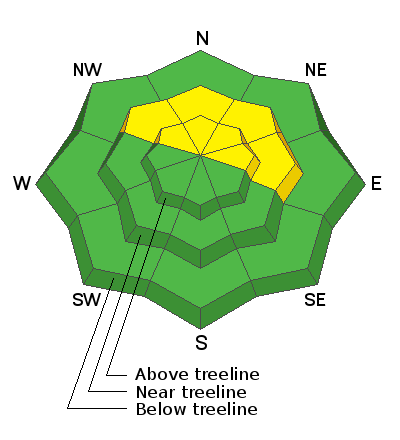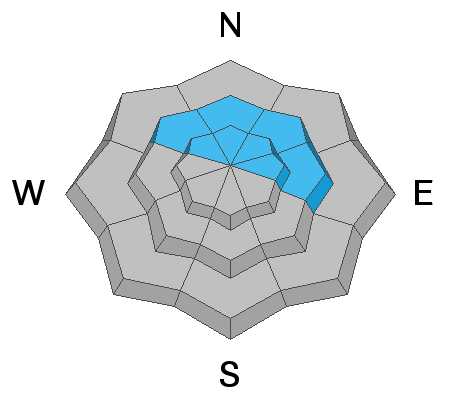Forecast for the Moab Area Mountains

Issued by Eric Trenbeath on
Monday morning, December 28, 2020
Monday morning, December 28, 2020
An approaching storm system will increase the avalanche danger over the next 24 hours as new and wind drifted snow threaten to overload an underlying, weak snowpack. The avalanche danger is MODERATE today, but will likely increase to CONSIDERABLE sometime tonight and into tomorrow on steep slopes facing NW-N-E. In these areas fresh wind drifts will develop on top of layers of weak, sugary, faceted snow. Overall low coverage makes it very difficult to access avalanche terrain at this time, but if you find yourself in these areas, suspect slopes that have smooth, rounded deposits of wind drifted snow. Cracking, whumphing, or collapsing of the snowpack are signs of instability. Even a small avalanche triggered under these conditions can have serious and painful consequences.

Low
Moderate
Considerable
High
Extreme
Learn how to read the forecast here







